Tudor and its Heritage – The old and new Tudor Ranger face to face
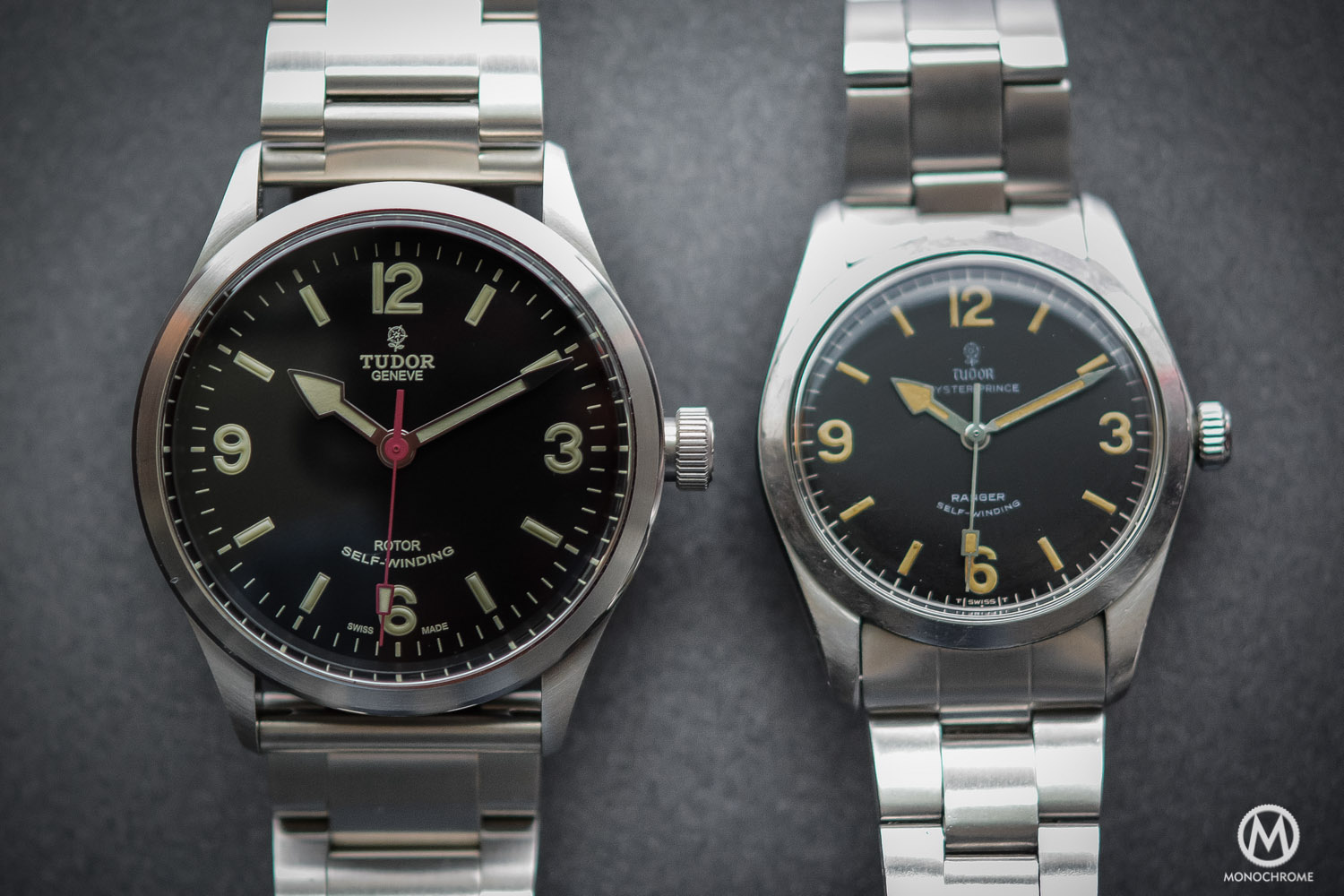
Last week, we started a new series of articles named “Tudor and Its Heritage“. As you might have guessed, we are here looking at how Tudor Watches successfully drew the lines of the Heritage collection by looking at some of its glorious vintage watches, however not copying them, but re-interpretating some key elements into a modern package. Vintage-inspiration, not vintage reedition. Our first episode focussed on the most expected ones, the Submariners and the actual Heritage Black Bay. However, the Heritage collection does comprise much more, including the Tudor Heritage Ranger, inspired by one of the most controversial watches of the brand, the Oyster Prince Ranger. And we have them face to face today – and we have a little extra too…
Background – The story behind the Tudor Oyster Prince Ranger
Why stating straight “one of the most controversial watches by Tudor”? For the catchy sentence? To make some noise?… No. Actually, this is a real statement. The Tudor Ranger and all its declinations drew a complex and rather blurry story, that we won’t even try to solve here, as some parts of the puzzle might be missing. However, we can try to make things a little clearer.
I won’t teach you anything by saying that the concept of the adventure / pioneer watch is something well known into the Rolex Group and that, in 1953, Rolex created a watch named Explorer under the reference 6350. This watch was launched after two men, Hillary and Norgay, achieved to reach the summit of Mount Everest on May, 29th 1953, with Rolex watches on their wrists. The concept of the Explorer was, as indicated by its name, an explorations watch. The Rolex Explorer Ref. 6350 was specifically built for the hardest conditions: highly legible dial, robust case, special lubricants making this watch functional between -20° C and +40° C. However, what history will mainly remind are the 3-6-9 markers over a black dial. Over the years, the watch evolved technically but it has kept this unique and iconic design as key element of its success.
The Pre-Ranger Tudor, the BNGE ref. 7809-BNGE – Photo: Gary Smith
This story spread amongst Tudor too. Just like it has been the case with the Submariner, launched first by Rolex (1953) and followed by Tudor (1954), the Explorer has seen its concept used by the sister brand, Tudor Watches. Starting in the early 1960s, Tudor also had in the catalogue a watch fitted with an “Explorer-like” dial and sharing the same pioneer / exploration concept. It was named the Ranger and, like the Submariners made by Tudor, it was a more affordable version of the Rolex edition (to make it really short). However, when it comes to go over the history of this watch, things get clearly… unclear.
In fact, everything starts with a story similar to the one for the Rolex Explorer. As you can discover here, the Explorer was not the watch worn by Hillary and Norgay for Everest exploration. They brought with them a ref. 6098 “Pre-Explorer“. For Tudor, the same kind of story can be told. The Tudor Ranger, in its known shape (with Arabic numerals on a black dial) was not a watch worn as such for exploration. However, it has been created after Tudor experienced some of its watches in extremely difficult conditions. In the early 1950s, Great Britain missioned 30 military and civilian scientists to explore Greenland – the British North Greenland Expedition or BNGE (1952-54). Part of their equipment were 26 non-modified Tudor Oyster Prince 7809.
Photo: Jason Heaton for Hodinkee
These 26 watches had to face the harsh conditions of base-camp “North Ice”, where scientists recorded the lowest temperature ever – minus 66 Celsius – and went up to 77 degrees north latitude. Hans Wilsdorf knew already the power of “marketing” and, just like he did with the Rolex Explorer and Everest exploration, Tudor used BNGE as a promotion for the brand, and issued ads titled “The Tudor Oyster Prince roughs it in Greenland.” Over the 26 watches received by the crew, all seemed to be lost. However, recently, Major Desmond Homard, 93, found back its own watch, hidden in the back of his kitchen drawer. You can read more about this incredible story on The Telegraph and in an in-depth article by Jason Heaton on Hodinkee.
This is certainly where the Tudor Ranger found its roots. However, when it comes to draw the history of the Tudor Ranger itself, things get slightly more complex. Tudor officially states that the Oyster Prince Ranger model was introduced in the 1960s and was first listed in the catalogue in 1969. They also state that it remained in the catalogue until 1988. Here, we can see two issues: a uncertain date of introduction (in the 1960s) and an interesting mention about the fact that the Ranger was only listed in the catalogue in the late 1960s, meaning that we have a blurry period here.
A 1980s version of the Tudor Ranger, ref. 90220 – Photo: Omega Forums
The problem is that the Ranger was not a specific reference in the collection, but shared its serial numbers with other, non Explorer-like editions, such as standard Oyster Prince watches. in fact, these watches were the same, just differentiated by the dial and hands used. Thus, there are multiple references allowed for the Ranger, such as 7964, 7966, 7990, 7992, 7995, 7996, 90330 or 90220 – depending on the presence of a date or not. It’s only in the 1980s that the Tudor Ranger became a model on its own – with references 90330 and 90220 – until the model was discontinued in 1988.
The inspiration – The 1967 Tudor Oyster Prince Ranger 7995/0
Now things will become definitely clearer, as what you’ll see is a known watch, meticulously kept in the Tudor vaults, as part of the brand’s vintage collection – and the watch that is the inspiration piece behind the resurrection of the Ranger name: a 1967 Tudor Oyster Prince Ranger 7995/0. This watch is a perfect example of the Ranger concept: a rather small but robust tool watch, with black dial, Oyster case and bracelet by Rolex, arrow hour hand, syringe second hand and the iconic 3-6-9-12 dial.
The Tudor Oyster Prince Ranger 7995/0 shares indeed various elements with other Oyster Prince watches from the same era, including its stainless steel case, with the typical shape used by the group in the 1960s, with waterproof screwed caseback (however not Rolex engraved but “MONTRES TUDOR S.A. GENEVA SWITZERLAND PATENTED” instead). It also uses the same movement as other watches from Tudor, an ETA calibre 2483, meaning a no-date version.
The main point of this watch remains of course the black dial with Arabic numerals and large baton indexes, all filled with luminous material, for an improved legibility in all conditions. What differentiate this watch from the Rolex Explorer is mainly the 12 numeral (and not a triangular index) as well as the hands: an arrow-shaped one for the hours and a syringe-shaped hand for the seconds (both are quite emblematic of the model). A standard baton was used for the minutes. The other difference was the diameter of 34mm, rather small even at that time for such a tool watch – the Explorer was 36mm.
The inscriptions on the dial were in line with the rest of the Tudor production of this era: Rose logo, Oyster Prince printed below, the name of the model and the circular “SELF-WINDING” mentions at 6, something that could be found on the early Submariners too. The bracelet was a steel Oyster from Rolex (reference 7835) has folding links and a Rolex signed clasp.
The actual Tudor Heritage Ranger 79910
Once having both watches, the old Tudor Oyster Prince Ranger 7995/0 and the new Tudor Heritage Ranger 79910, one next to the other, and except if you’re blind, it’s not difficult to spot the obvious link. The key elements of the old Ranger are all there:
- The overall concept of an exploration and robust tool watch
- The sleek conception – a 3-hand watch with no extra-feature
- A straight case with no extra-protection
- The iconic 3-6-9-12 dial, with batons indexes
- The “smily” inscription at 6, with “SELF-WINDING” mention
- The vintage Rose logo
- The arrow hour hand, the baton minute hand and the syringe second hand
However, once again Tudor has been mixing this vintage-attitude, so dear to the Heritage collection, into a modern package. The actual Tudor Heritage Ranger 79910 is much more modern, with its stainless steel case measuring 41mm, entirely brushed for an even more toolish aspect. The proportions of the watch are also rather different. The antique was 34mm for sure, but also had a rather large bezel. The new Ranger has opted for a large dial opening, with a slim bezel. The bracelet is also slightly different, as the old Ranger featured a classical bracelet with end-links, while the new Heritage Ranger features two straight cylindrical bars – something that could be found on the old Submariner 7923.
Even if the dial of the modern Heritage Ranger feels quite close from the old version, it has a different flair. Just like the case, proportions are different. Numerals and indexes are bolder and printed in relief. However, to mimic vintage watches, they are painted in cream – reminiscent of the patinated tritium indexes. The hands, even is sharing the same design, are slightly different too. Just like the indexes, they feel bolder and the second hand is painted in red – while metallic on the vintage version. Finally, it features a large crown, while the old watch was fitted with a standard Rolex crown.
Overall, the partition played by the Tudor Heritage Ranger 79910 remained quite faithful to the vintage watch that inspired its resurrection. Once again, like in the Heritage Black Bay, Tudor had the good idea to use the most striking elements and to melt them into a modern and slightly revisited package, to have an iconic look without wearing a simple copy. Both watches feel at the same time extremely close and when compared closely, rather different too – and this is even truer when the Heritage Ranger is worn on one of the very nice leather straps, including this Bund version, or with the camouflage textile strap.
The case of the Tudor Ranger II (and the link with the North Flag)
As some of you might know, the Oyster Prince Ranger was not the only Ranger in Tudor’s History. There was actually a successor to this sleek, toolish watch: the Ranger II reference 9111/0. Born in the the 1970s, in the middle of the incipient trend for steel luxury sports watches with integrated bracelet, this watch used the codes of this era. A tonneau-shaped case, a prominent bezel, a metallic bracelet integrated to the case and with large links… Overall, we can’t hide that the result was not a great success. However, there are two interesting facts here. First is the link with the old Ranger “phase 1”. Even if modified and sharper, the hands use the same inspirations (arrow and syringe) and the dial relies on the Arabic numerals at 12-6-9 (also sharper). Not many informations can be found on this quite rare watch, but we can assume that the concept behind the Ranger (robust simple watch to survive in most conditions) was kept, but largely re-executed with 1970s codes.
An example of the Tudor Ranger II ref. 9111/0 – Photo: HQ Milton
The other part of the story behind the Tudor Ranger II is that it actually inspired another watch in Tudor’s current collection: the 2015 North Flag. Just like other watches from the collection, Tudor dug into its rich past to find inspiration for its new watch. And in the case of the North Flag, we can spot some resemblances with the Ranger II – and thankfully, Tudor chose to pick only the stylish elements here. Thus, the North Flag is a robust steel watch that can be fitted on an integrated metallic bracelet, it has the same kind of hands (arrow hours and yellow syringe seconds) and numerals / indexes inspired by the Ranger II. And then again, it’s impressive to see how these inspirations can be included in a watch without feeling like a simple copy. However, these elements creates a strong base for collectors to find confidence in a brand only recently relaunched.
The 2015 Tudor North Flag
You can find informations about how the Tudor Submariners inspired the Tudor Heritage Black Bay here. This article will be followed by two other episodes of “Tudor and Its Heritage”, about the 1970s chronographs vs. the actual Heritage Chronographs and about the Advisor.

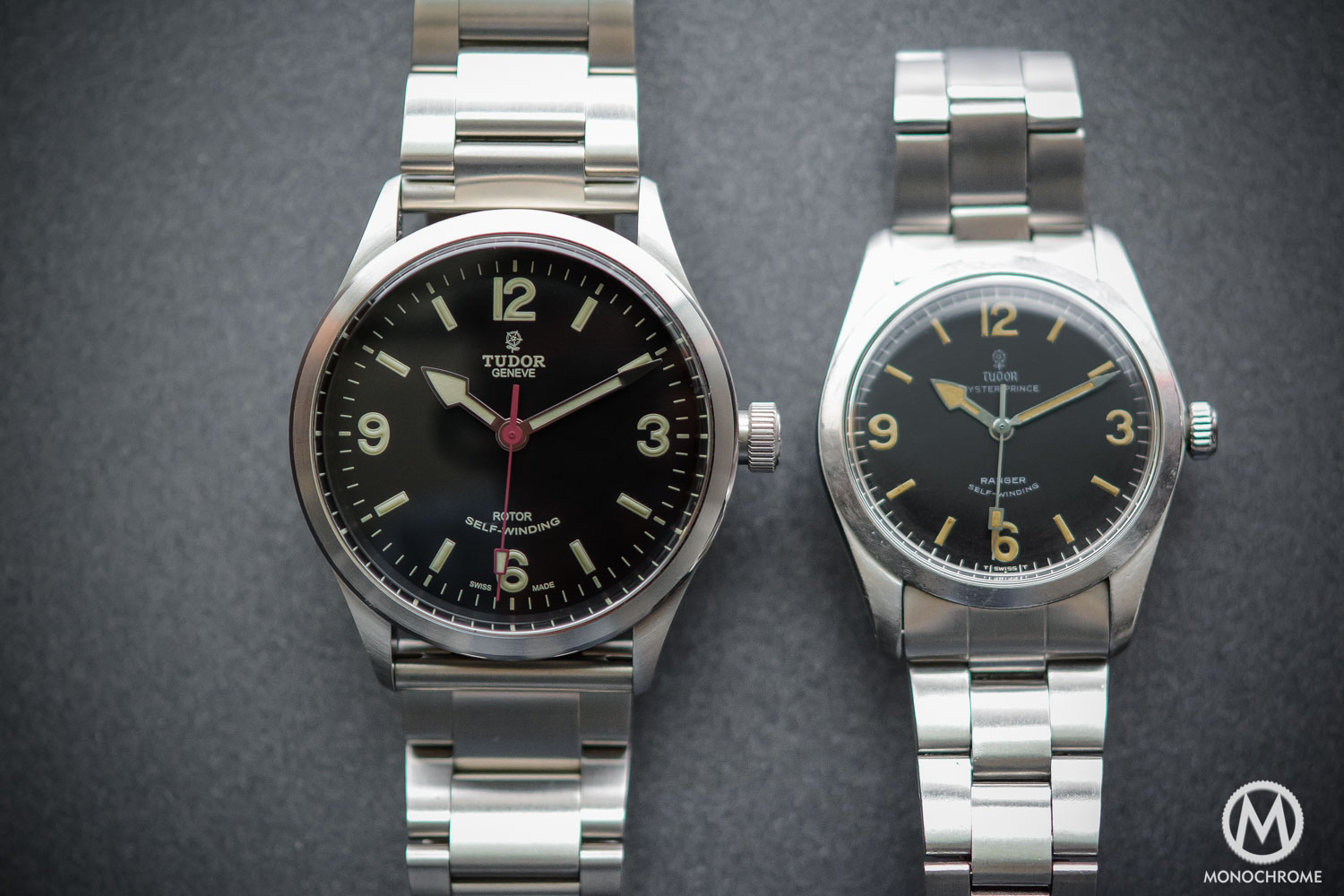
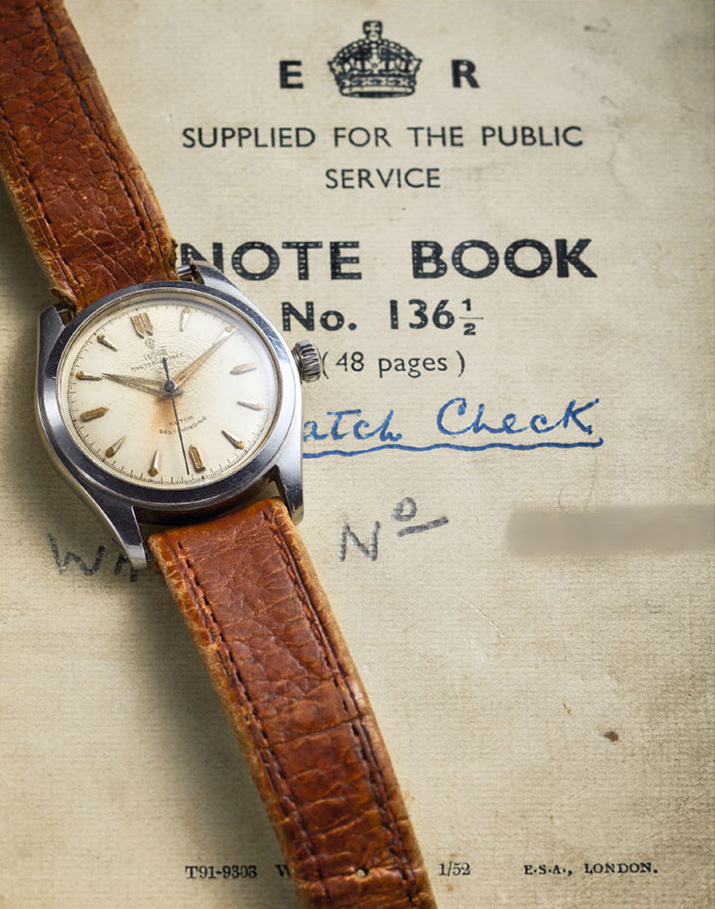
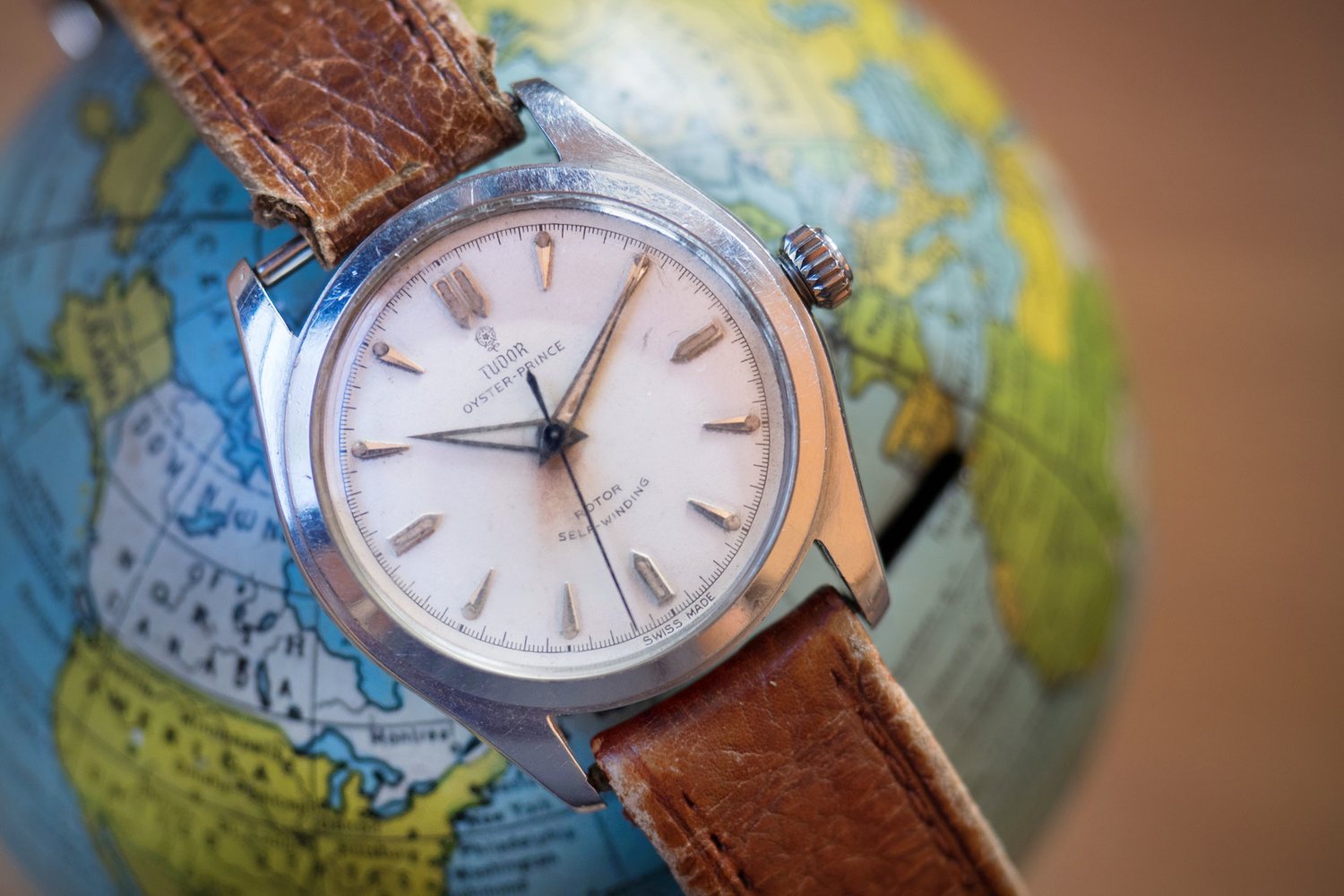
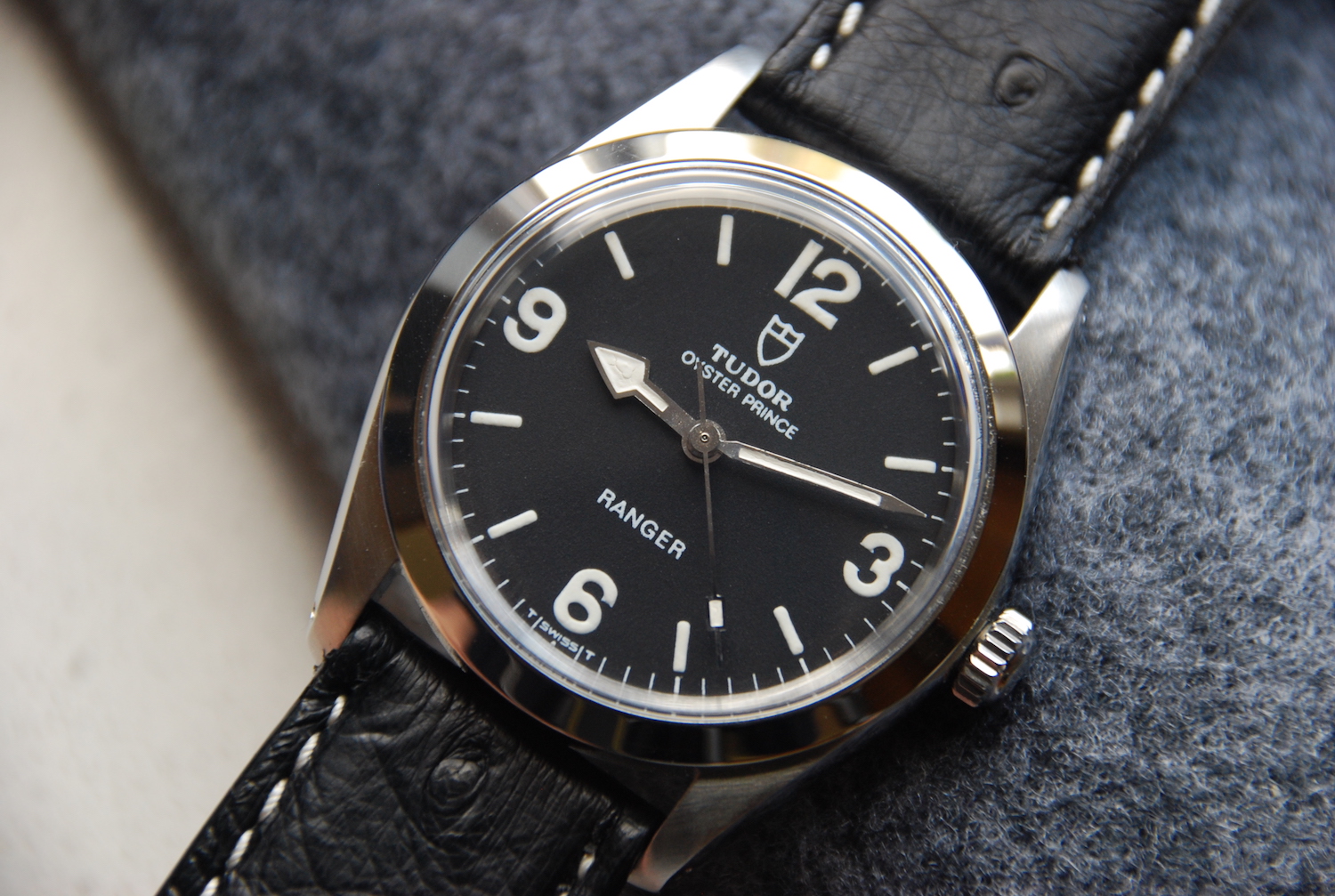
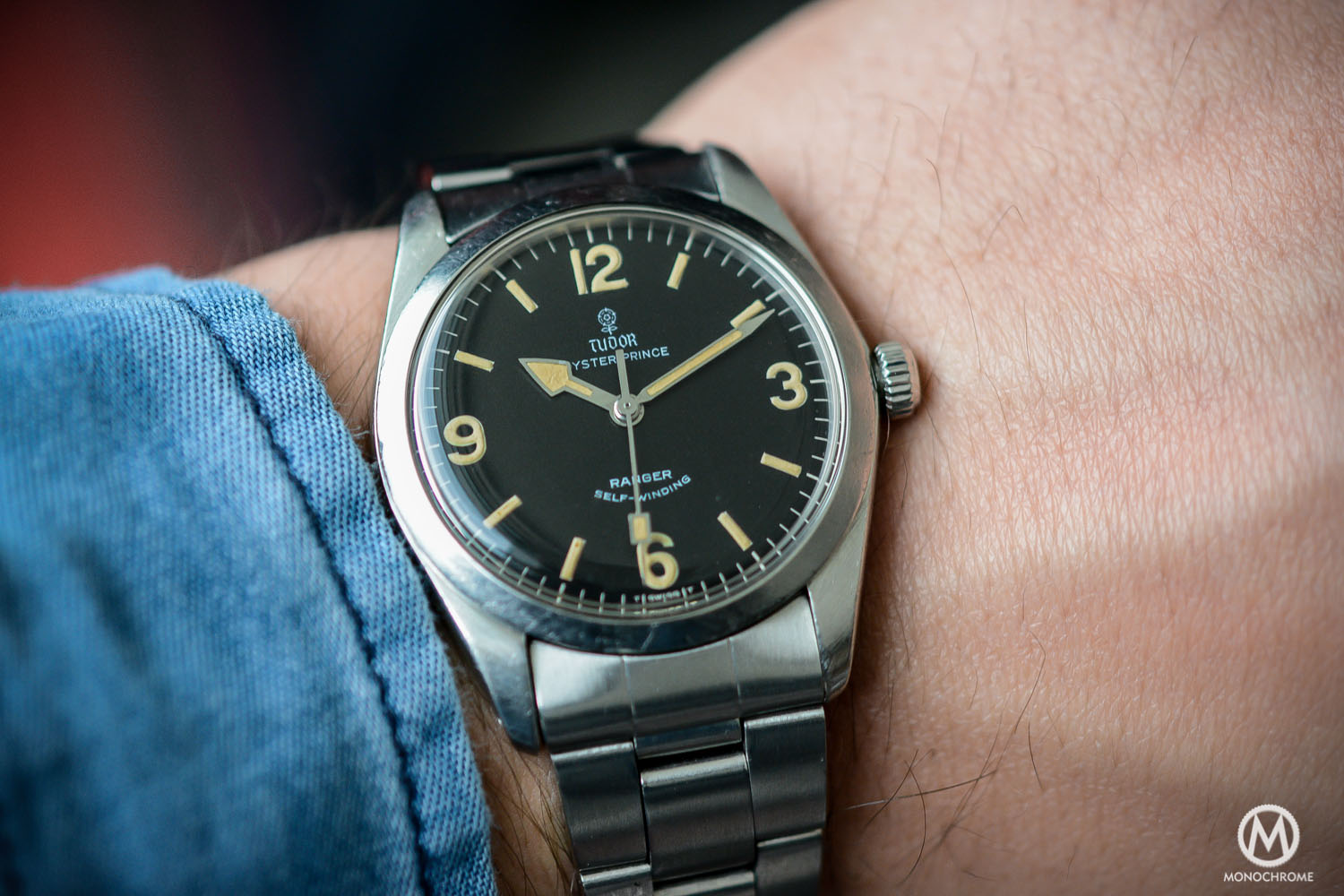
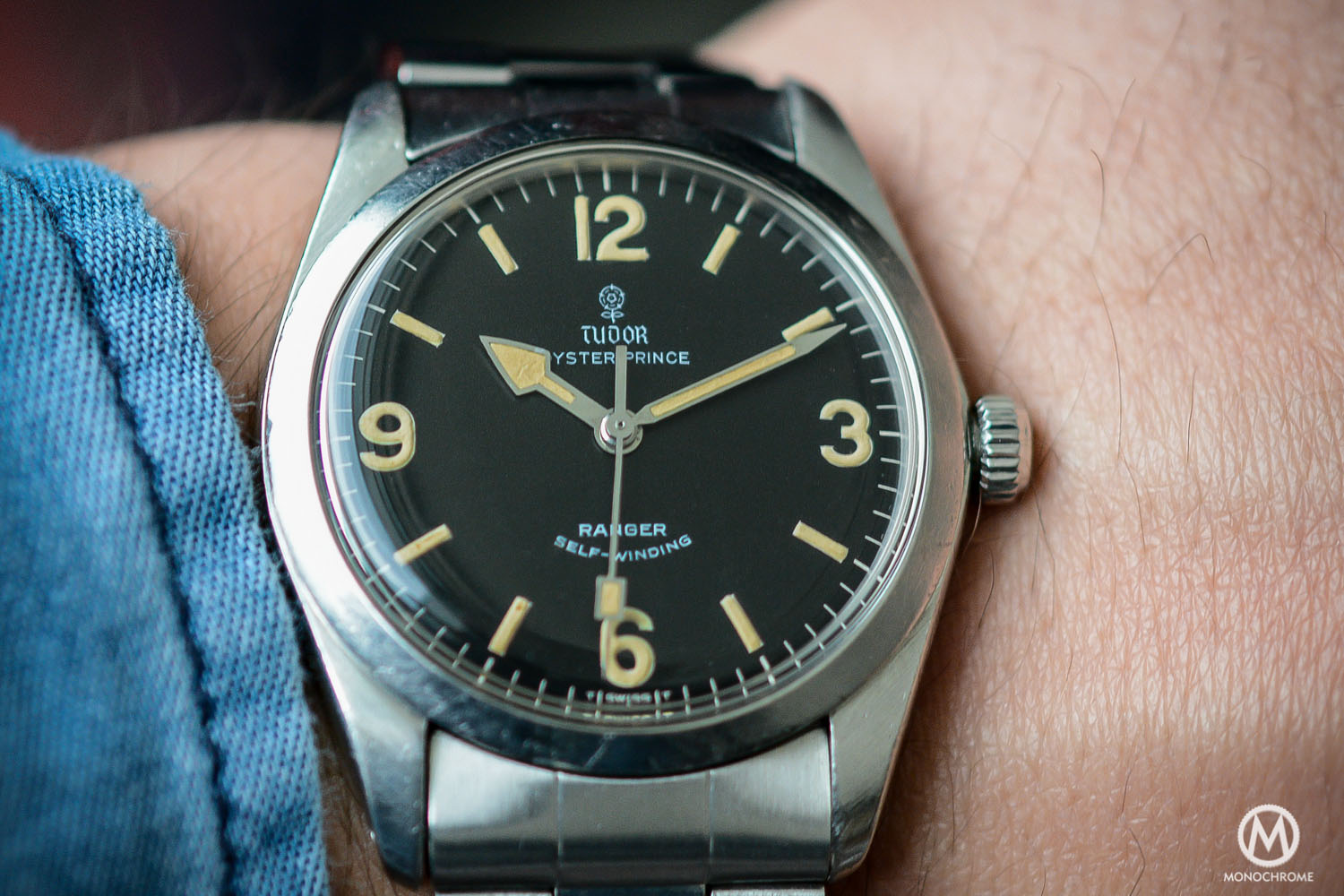
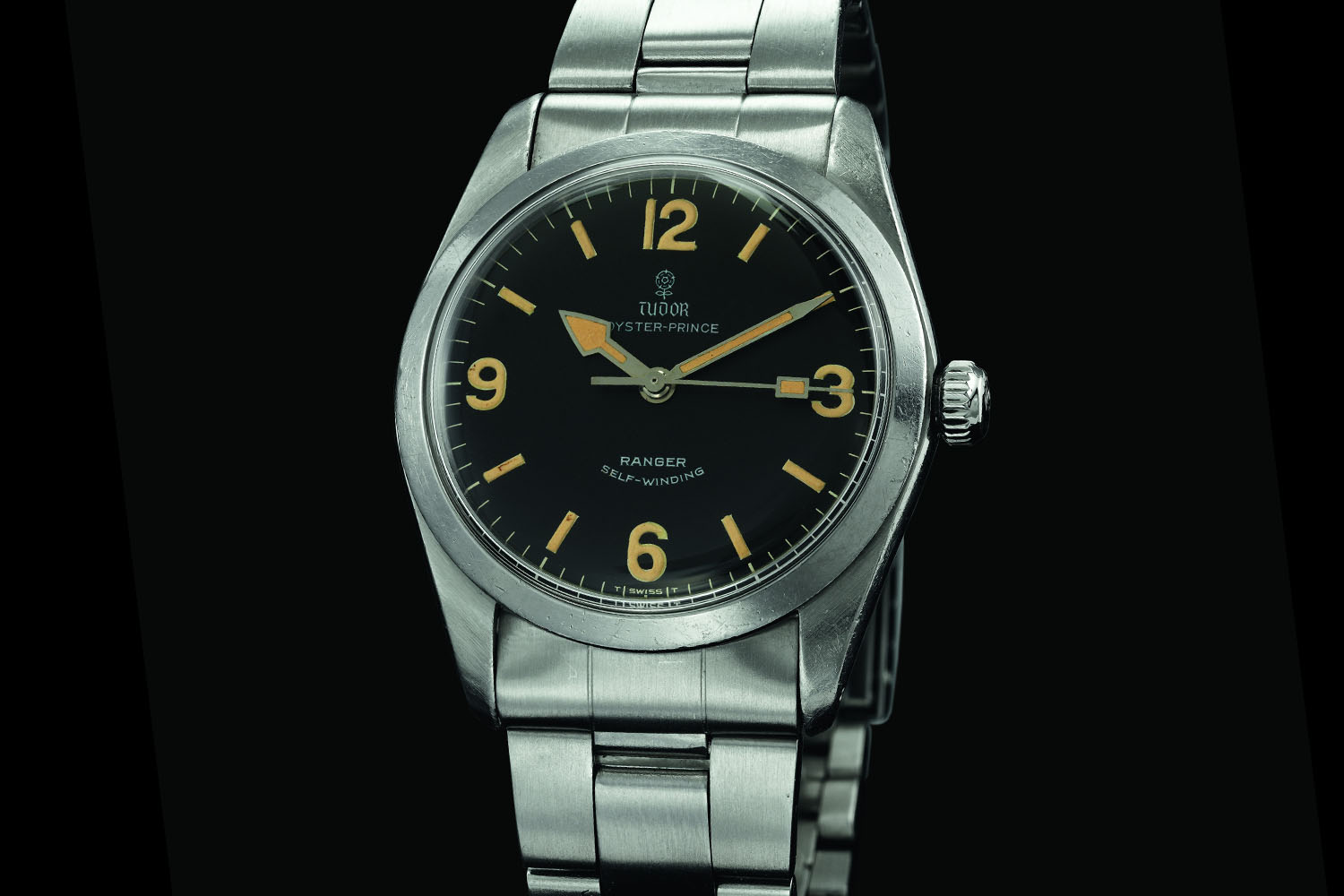

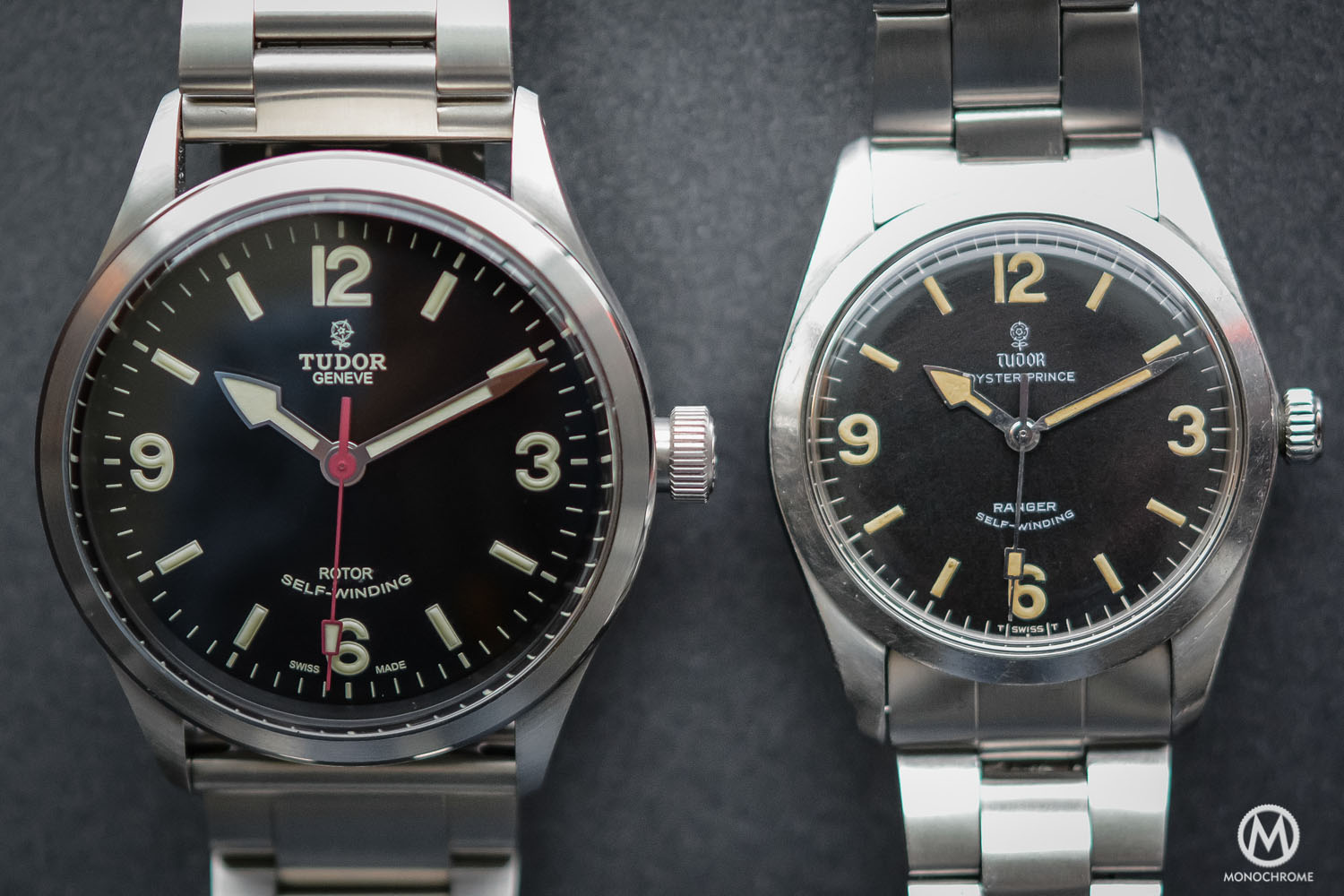
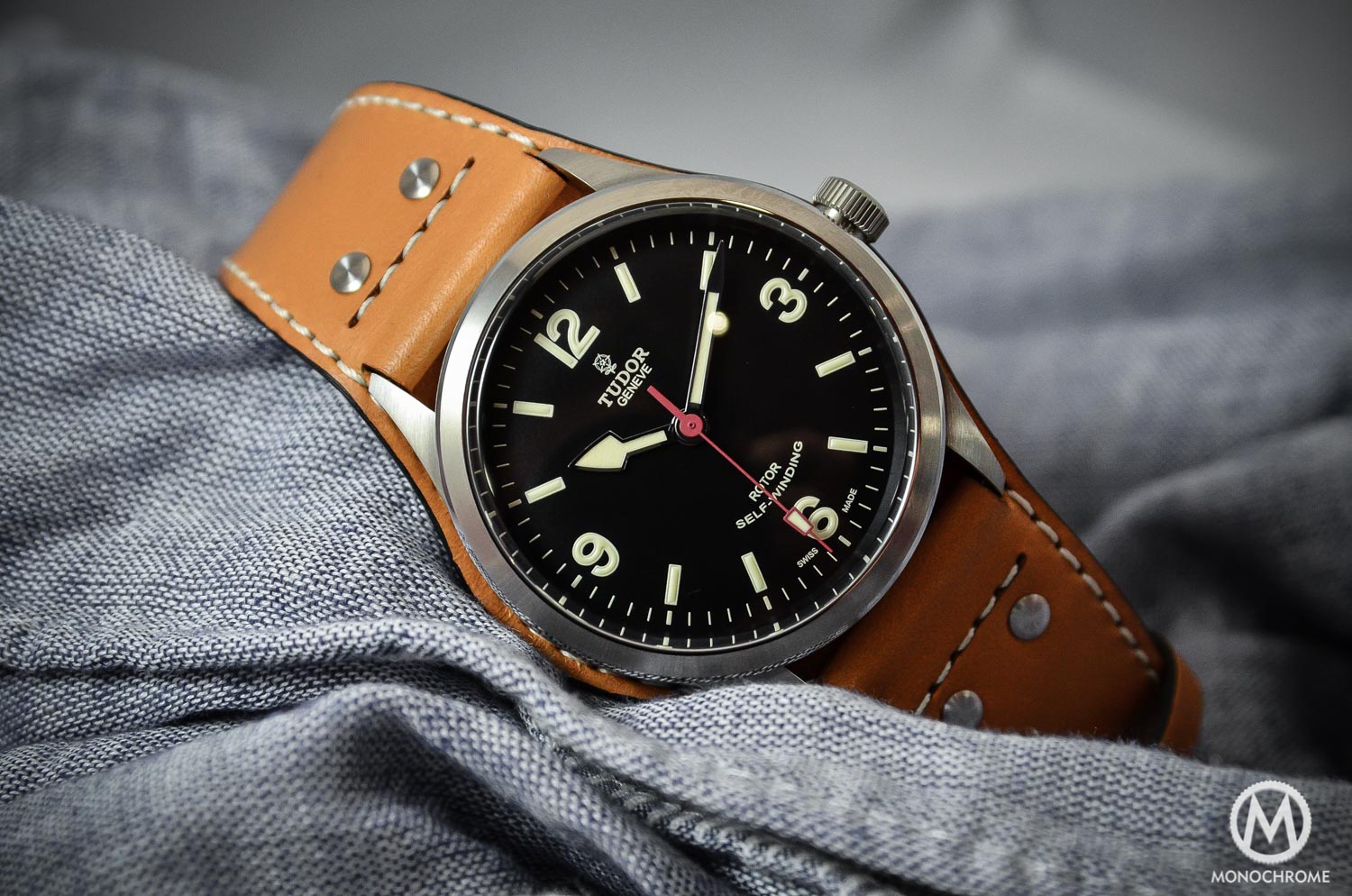
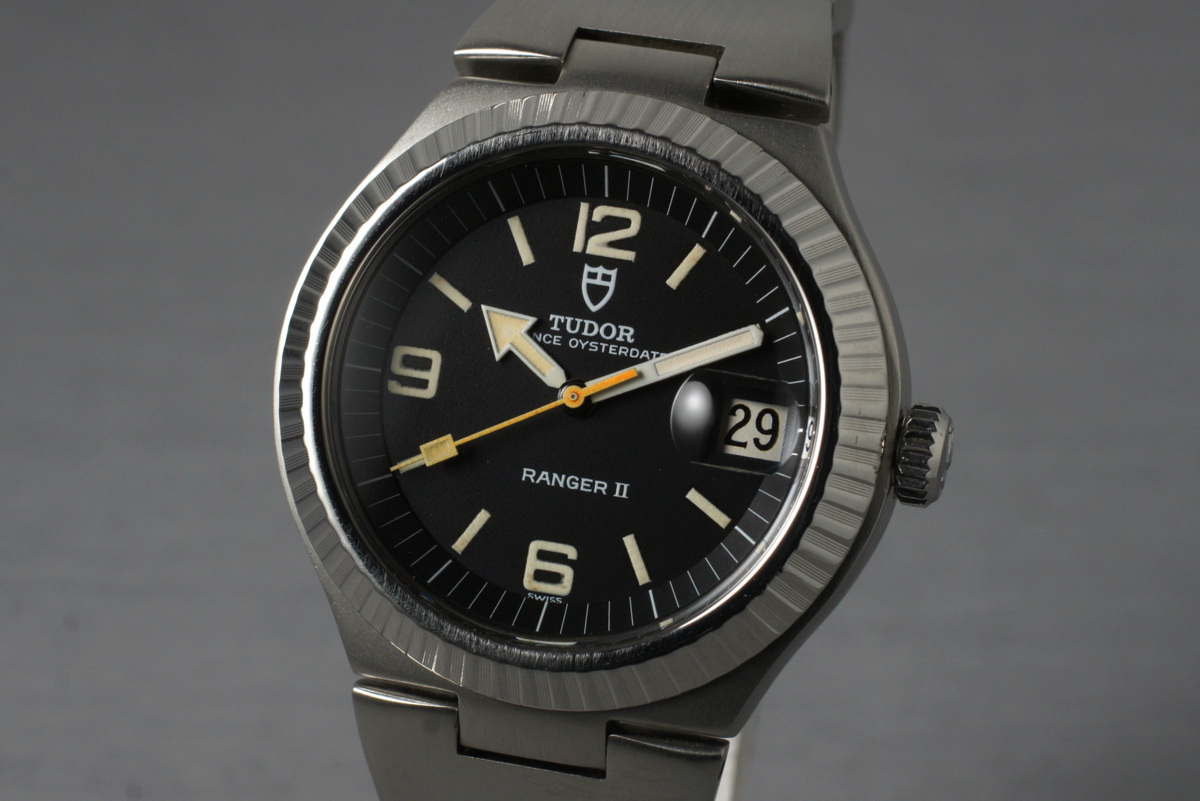
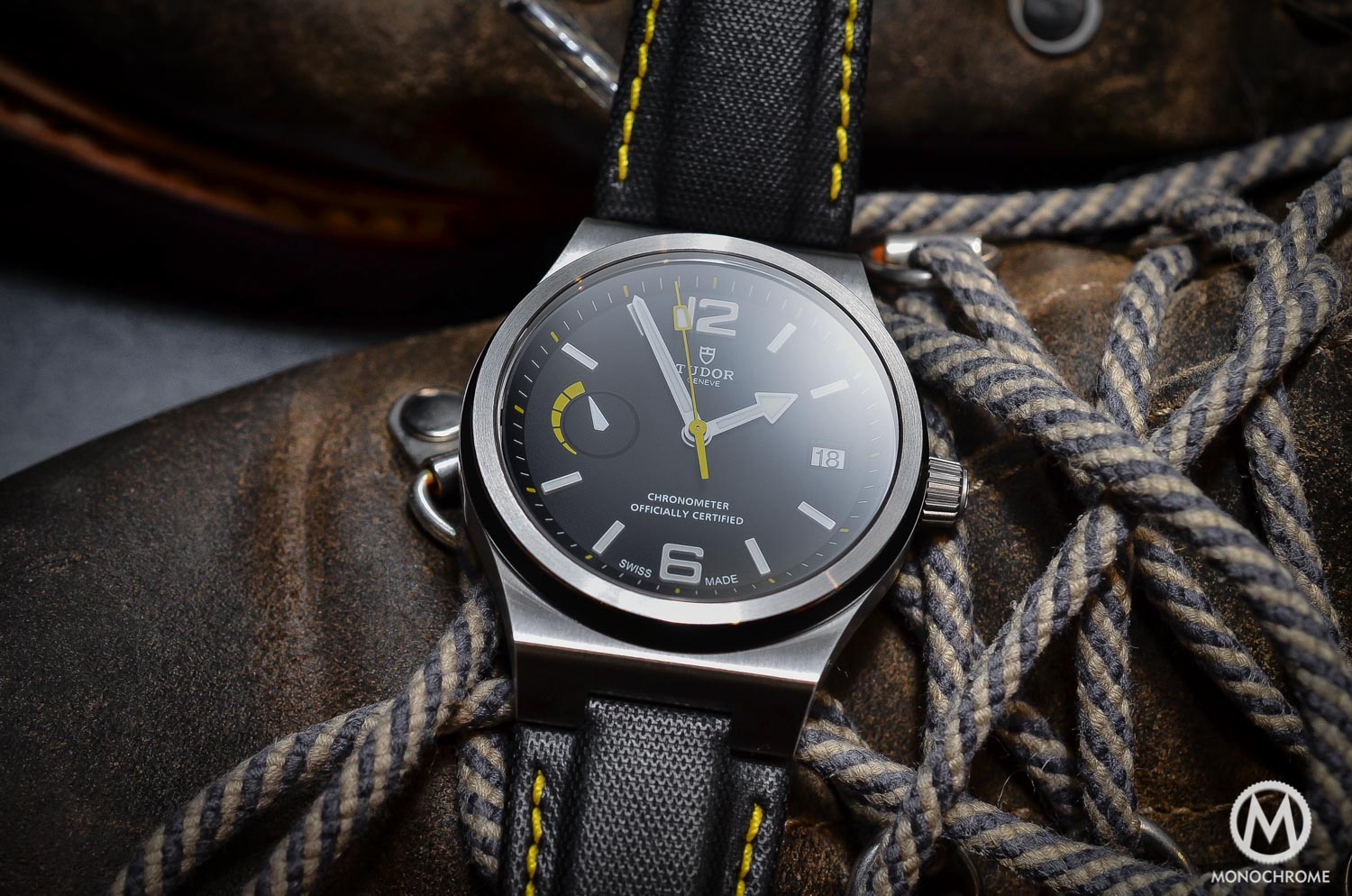



5 responses
Is it just me, or did the old RANGER simply ooze class?
The new Ranger needs an overhaul. Too large. Too flat. I would prefer 38mm. Beige or mustard lume would also give it more vintage street cred. The steel bracelet should have lug covers to round it off. The modern Ranger & North Flag are the ugly ducklings of the Tudor sports line. The Ranger could have easily formed a flagship model line. Instead of too many Black Bay variations, how about paying some love to an old vintage favourite for Rolex’s Explorer cousin!
So what is a Ranger 11 worth nowadays. I ask this as I have one that requires a “new balance “. I have known this watch from the 70’s but the cost for repair, service, seals etc.is quite expensive! As much as the watch means to me l need to justify the expense. I would appreciate any feedback. Thank you, Ian
Dear Ian,
quite difficult to say, as this model is not often offered for sale… Let’s say in-between USD3,000 and USD4,000 for an example in perfect condition and with original parts.
The best would be to find a respectable vintage watch dealer to have an expertise.
Hillary wore a smiths watch to the summit of Everest not a Rolex , tricked by hype and advertising you have been.